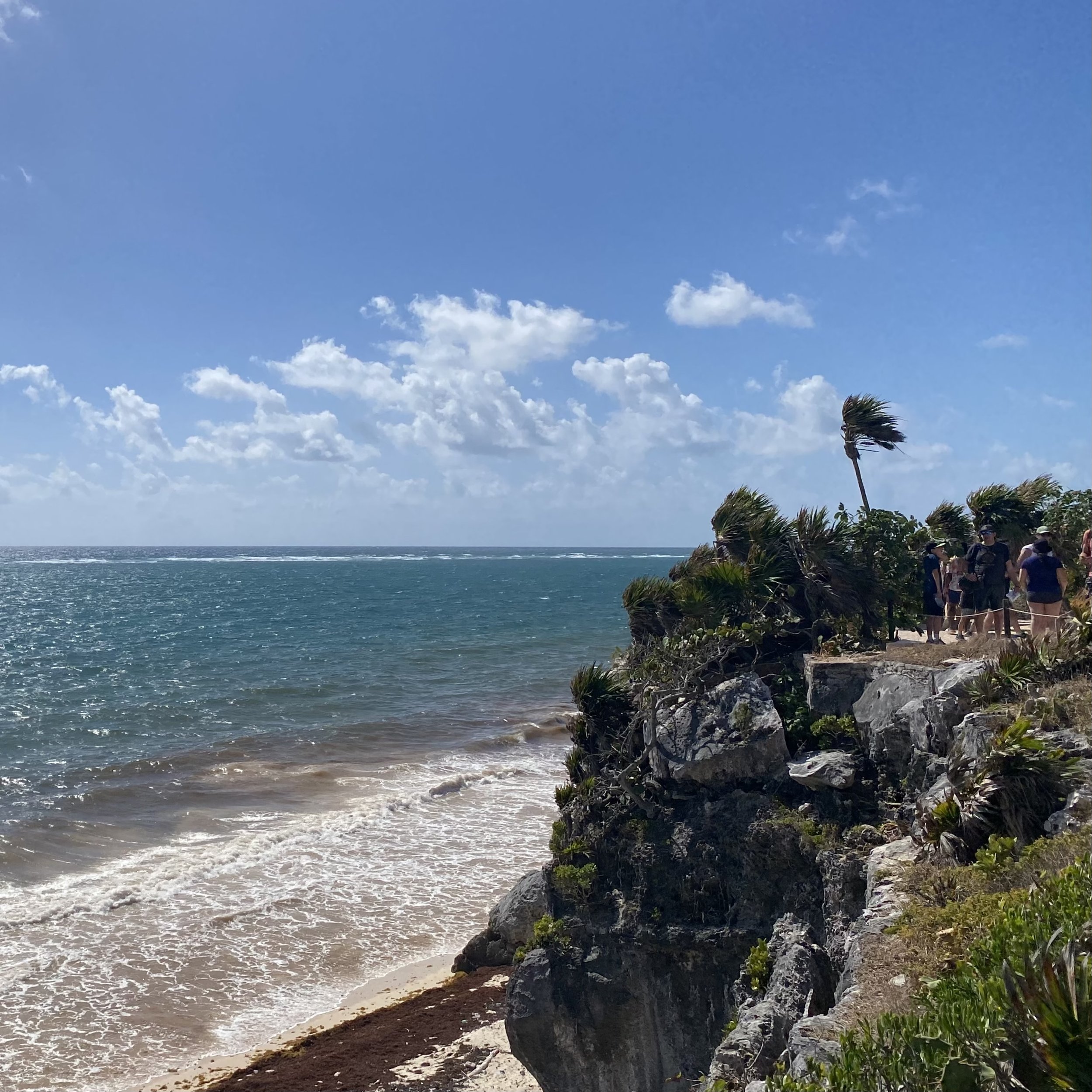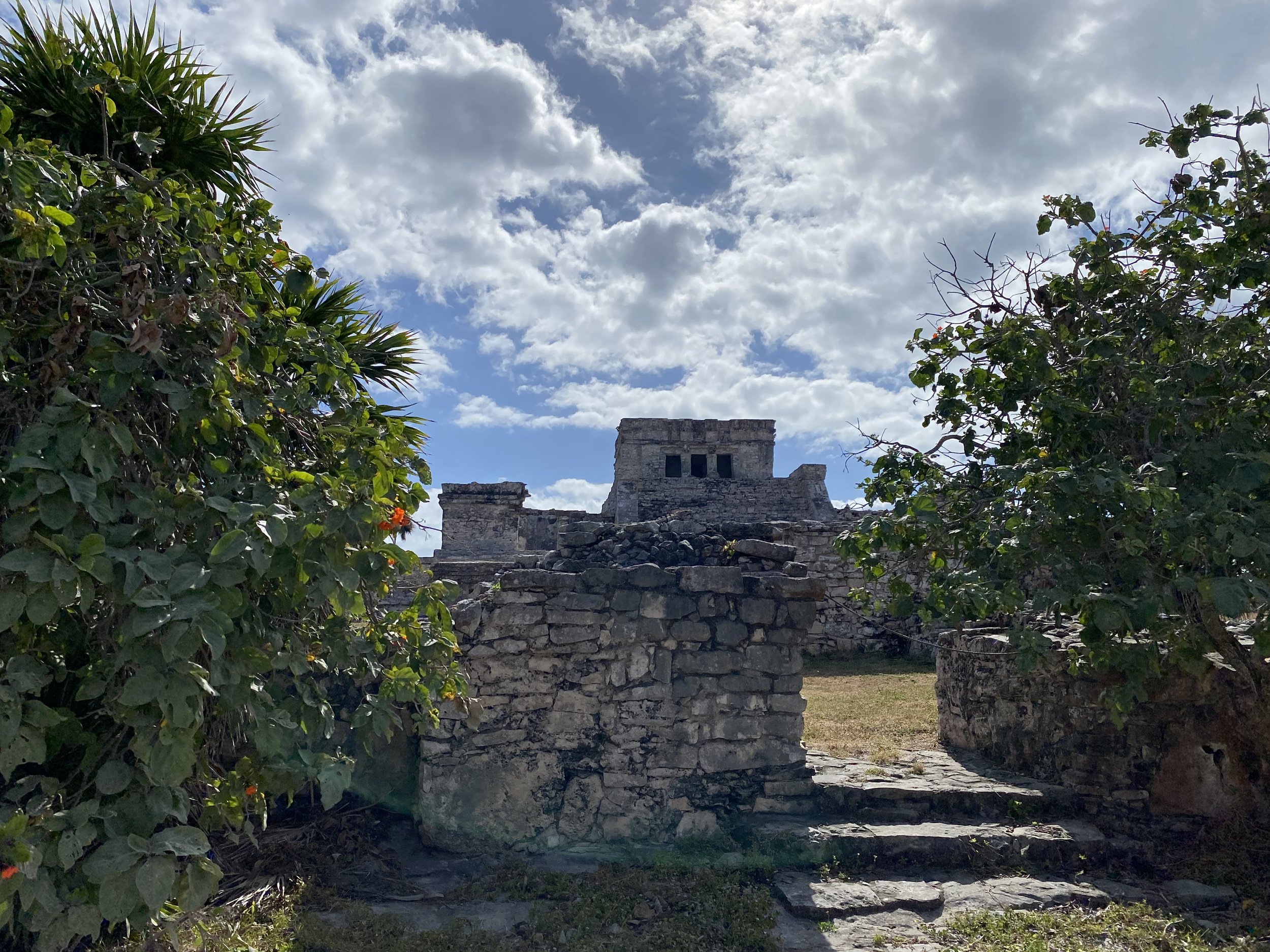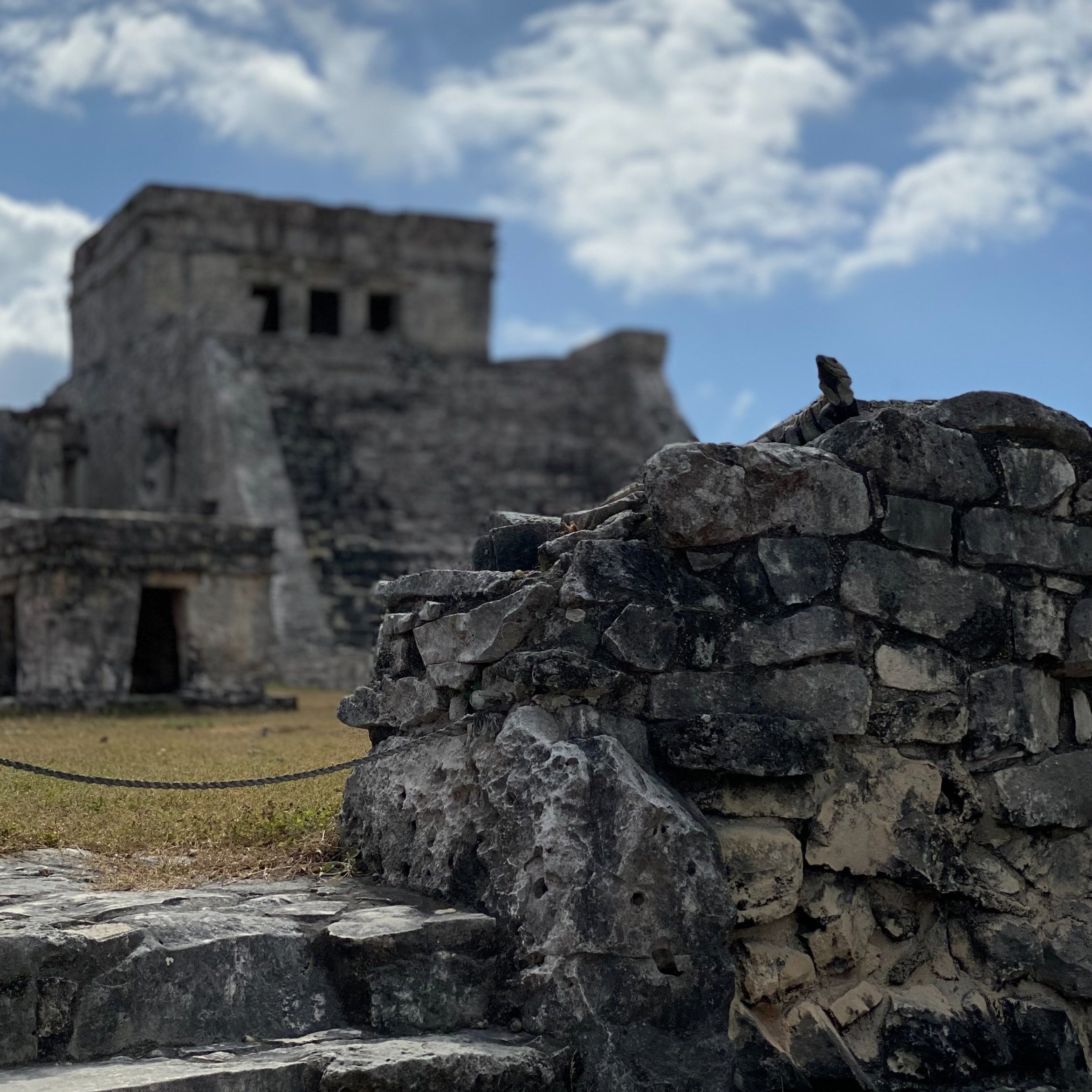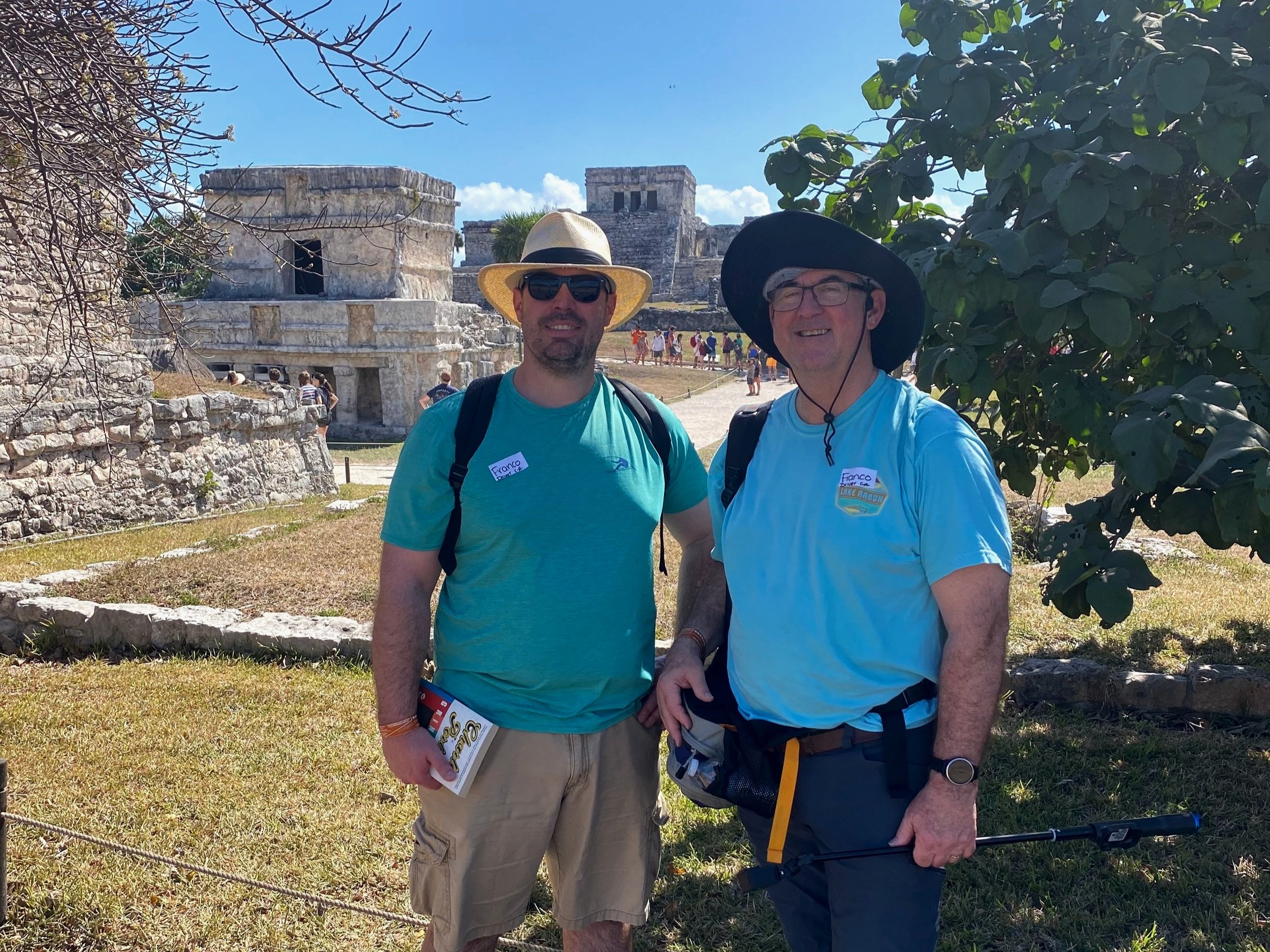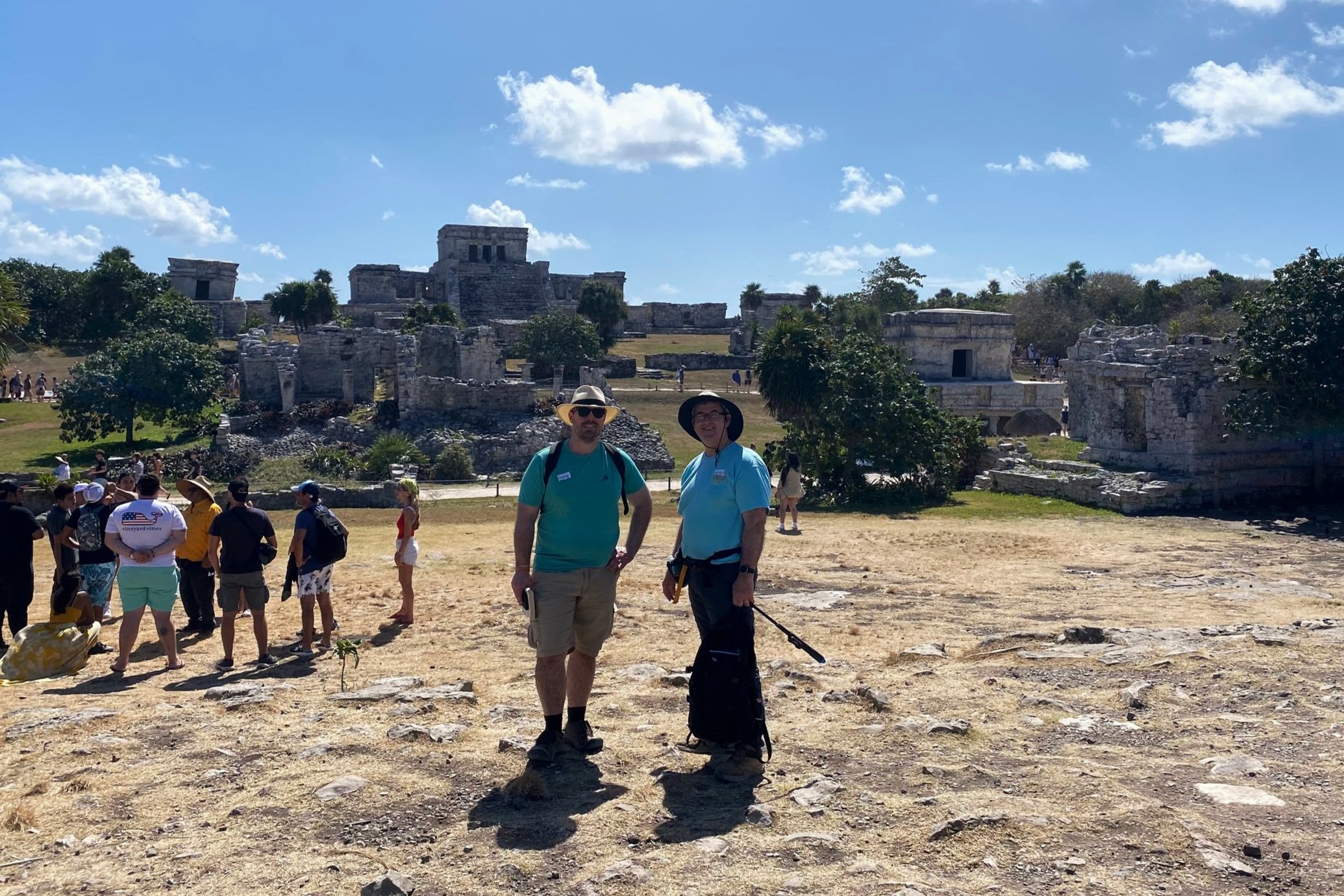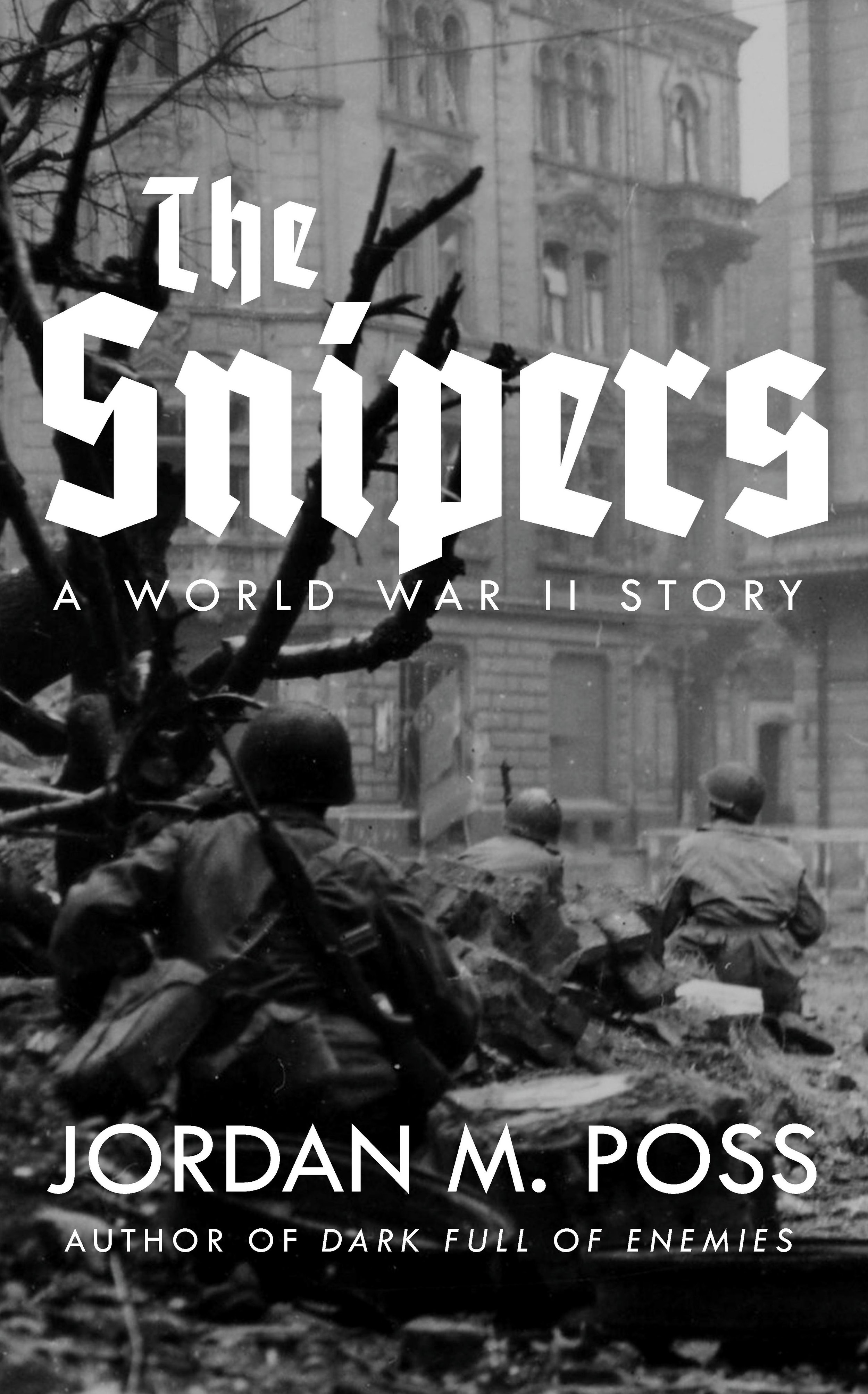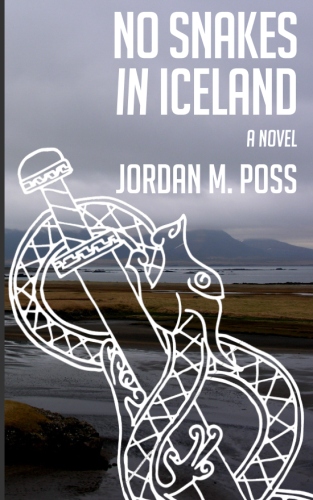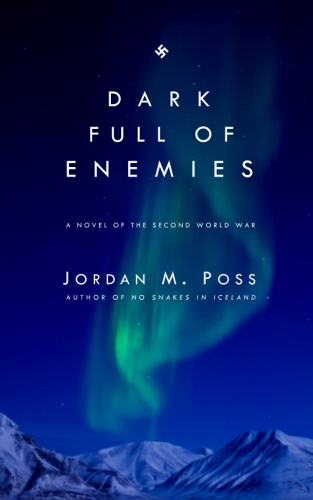Wiley Junction
/Near the house where I grew up stood a long, low, thin strip of stores we collectively called “Wiley Junction.” This included a Gulf station—later BP—the old one-room Wiley Post Office, and one shop where you could buy NASCAR trading cards, rent a movie, or lie in a tanning bed. But the store attached to the gas station was always Wiley Junction’s main draw.
The “junction” proper was the awkward joining of Old Highway 441, a two-lane road built to parallel the long-defunct Tallulah Falls Railroad, and New 441, a two-lane highway built in the 1970s with a more aggressive approach to the terrain—cutting through hills and banks and leveling off hollows to drive straighter through our county. In Wiley (unincorporated) Old and New 441 curved toward each other, like dancers bumping rears, and offered a natural location for a connector road. We drove through Wiley Junction literally every day. And most days we stopped at Wiley Junction—the store.
The Wiley Junction store was typical of the now-endangered local country stores throughout the South. Long and narrow, one entered through a glass door in the middle with the cash register at your right elbow, visible through the bunker-like gap between the lottery ticket stands on the counter and the overhanging racks of cigarettes. There was no bulletproof glass but there was a “need a penny, take one” dish. I wondered why I couldn’t take one every time—an informal education in courtesy.
To the left were three narrow aisles of goods: Slim Jims, pork rinds, chocolate bars, Big League Chew, and Lance crackers foremost, with bait, tackle, Styrofoam coolers, and basic hardware necessities hooked to a pegboard wall in back. The aisles led to the coolers, which had a smaller selection than today’s mega gas station chains but were always amply stocked. I bought many, many Cokes and Mello Yellos there, especially during those mid-90s summers when you could win prizes directly from the bottlecap. I never got that Coca-Cola Mustang but it was a great day when I won a second, free 20 oz bottle.
That was one half of Wiley Junction. Turning from the coolers and walking back to the register, you entered a bottleneck between the checkout counter and the short-order kitchen—which is the part of Wiley Junction I miss most.
You can identify this kind of country store not just by its thin, low-slung appearance, but by the smell. Wiley Junction had that smell. Clean, but not sterile. Lived-in. A faint hint of the concrete floor under the brown tile. A suggestion, somehow apparent to your nose, that the place was built by hand. But the kitchen added to that scent and elevated it. Wiley Junction smelled always, richly and warmly, of its signature offering: biscuits.
Even a short trip into the store to pick up one item left you smelling like biscuits the rest of the day. That happened to my sister one morning when she went into the store for perhaps two minutes, and I tormented her for years by calling her “Biscuit.” The thing is, the smell was wonderful. It was a greasy smell, sure, but with a sharp sweetness to it that I struggle to describe. The smell had texture—smooth and floury and warm.
Wiley Junction’s breakfast kept the place hopping in the mornings. Local tradesmen, construction workers, highway crews, state troopers with the odd local businessman thrown in during the week; local families, fishermen, hunters, and vacationers who had gotten wise to a good thing on the weekends. Sometimes it was hard to find parking.
From the narrow space between the kitchen and the cash register one could pass into an open dining area that somehow felt larger than the rest of that skinny building. There were particle board booths with one-piece benches contoured to the country rump and a bay window opening toward New 441. It was good to eat there. You would almost certainly see someone you knew. Often, for me, that was my granddad.
I’ve written about him a lot here. He was a plumber-electrician and frequently picked up biscuits at Wiley Junction on his way to construction sites all over Rabun County. On special occasions, when we had a church car wash or when the whole extended family was setting forth on a fishing trip to Tugalo, he’d pick up a big white sack of biscuits for everyone. But on weekdays, running into him during the few minutes when he’d be sitting in one those booths, eating his biscuit, was a treat—no matter that we saw him almost every day anyway. Something about Wiley Junction and the biscuits made it special.
Yesterday was the 27th anniversary of his death, aged just 65, in 1998. A few years later the Georgia DOT bought up Wiley Junction and bulldozed it to widen the New Highway. It’s a four-lane now with a grass median and is safer for the traffic it has to handle between Atlanta and Western North Carolina, little of which stops in Wiley any more. But when I visit home I can’t pass that weedy, angular patch of land without thinking about what was lost.
My granddad has now enjoyed just over a quarter century of the life everlasting, and so I can hope to see him again. Wiley Junction, a happy blip in a fallen world, is not coming back in any form. But if seeing my granddad again proves to be anything like it was to see him in real life, that first moment of recognition and reunion will bear with it, before it fades away forever in light of unimaginably better things, the lingering scent of breakfast in a country store.





















